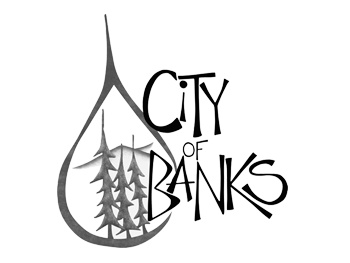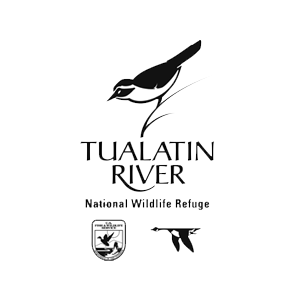Over the past few months, a coalition of organizations including Tualatin Soil and Water Conservation District (TSWCD), Clean Water Services (CWS), Metro, Oregon Department of Agriculture (ODA), Oregon Department of Forestry (ODF), US Forest Service and others have joined together across multiple jurisdictions to study and reduce the spread of the invasive emerald ash borer (EAB). First sighted in Oregon in June of 2022, the EAB poses a significant threat to Oregon’s native ash trees and interconnected ecosystems.
To slow the spread of EAB, partners are employing a system called slow ash mortality (SLAM), which centers around the creation and felling of trap trees. A trap tree is created by removing a section of bark around a tree’s middle (a process called “girdling”). After girdling, the tree starts to slowly die and releases a volatile organic compound to which the EAB are attracted. Nearby EAB lay their eggs in the dying tree; after infestation, partners cut down the trap tree, stripping the bark off and emptying the eggs.
Trap trees are marked at the Forest Grove site.
Last May, partners identified and created 108 trap trees on land owned by Metro and CWS near Forest Grove.
Partners collected three sample logs from each tree and examined them to gauge the spread and density of the EAB infestation.
EAB larvae leave visible tracks or “galleries” under the bark as they feed on the trees’ cambium layer.
Led by staff from ODF and ODA, partners carefully stripped the bark from sample logs. Using the EAB-created galleries, partners located the presence of larvae and estimated how long the EAB has been present in the area.
Larvae were then removed from the infested wood and sent to an offsite lab for further analysis.
This joint effort is the first of its kind to take place in an area where EAB are not yet widespread. Using the data collected from this process, partners seek to proactively equip local land managers with information to reduce the spread of the emerald ash borer.
Stay tuned here for more information about these ongoing efforts.




































